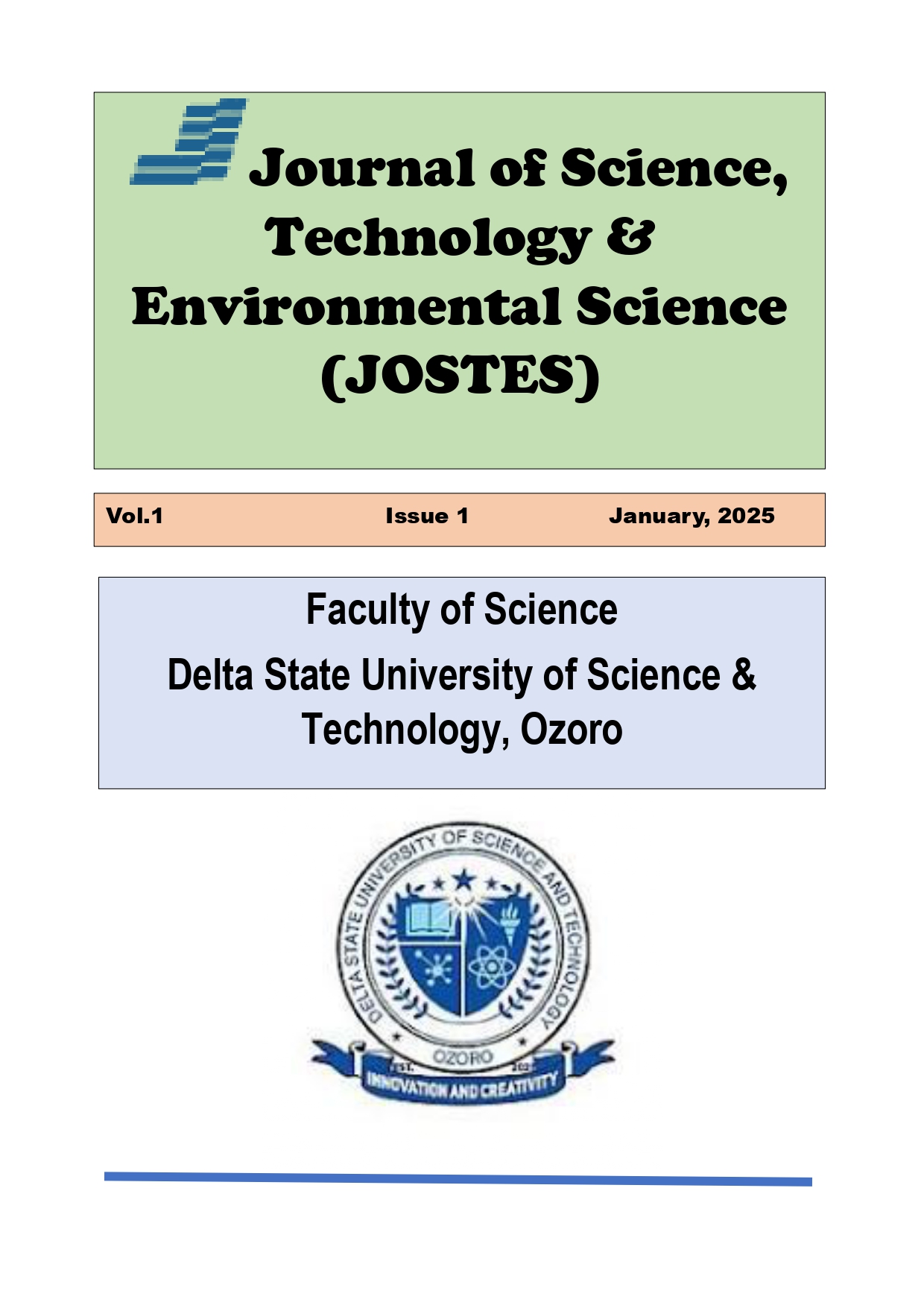Protective outcomes of spices against cassava meal containing vacuum gas oil induced toxicity in Wistar rats
Main Article Content
Abstract
Spices with medicinal properties are gift from nature to humanity; considerably improving general well-being and consumption of vacuum gas oil (VGO) may have toxic effect. This study aimed to determine the protective outcomes of spices (Monodora myristica and Glycyrrhiza glabra) in rats given cassava flour meal comprising vacuum gas oil (CFM-VGO). A total of fifty four (54) male Wistar rats weighing 200–250 g were randomly divided into nine (9) groups. Group 1: normal control. Group 2 were fed CFM-VGO only. Groups 3, 4, and 5, were given normal diet and then treated with M. myristica, G. glabra, and M. myristica + G. glabra extracts. Group 6, 7, 8 and 9 were given CFM-VGO and then treated with M. myristica, G. glabra, M. myristica + G. glabra extracts and 2-methyl cellulose respectively. The rats were euthanized using carbon dioxide after experimental period of 28 days. Significant (p < 0.05) increases were observed in alanine aminotransferase (ALT), aspartate aminotransferase (AST), alkaline phosphatase (ALP), malondialdehyde (MDA) levels and decrease in albumin, total protein (TP) and antioxidant enzymes (superoxide dismutase (SOD) and catalase) in the serum and liver of rats fed with CFM-VGO when compared with normal control. However, treatment with M. myristica and G. glabra extracts significantly restored altered ALT, AST, ALP, MDA and antioxidant enzymes activities. In conclusion, the data obtained confirm the protective effect of spices against vacuum gas oil tainted cassava meal induced toxicity in rats. Therefore, sustainable medicinal spices production could be necessary in securing future sourcing and improvement of good health which may boost economic development

